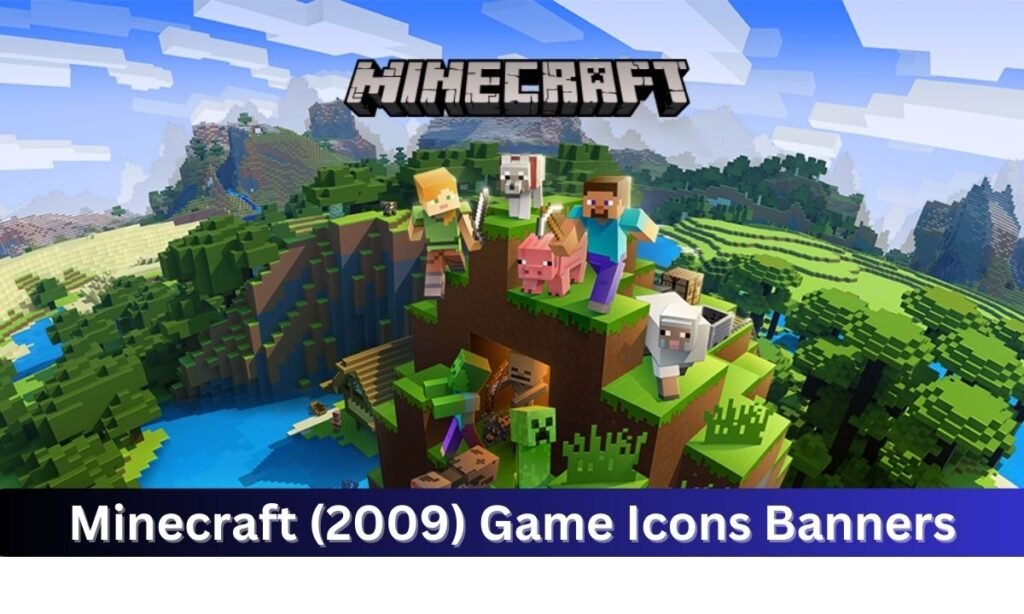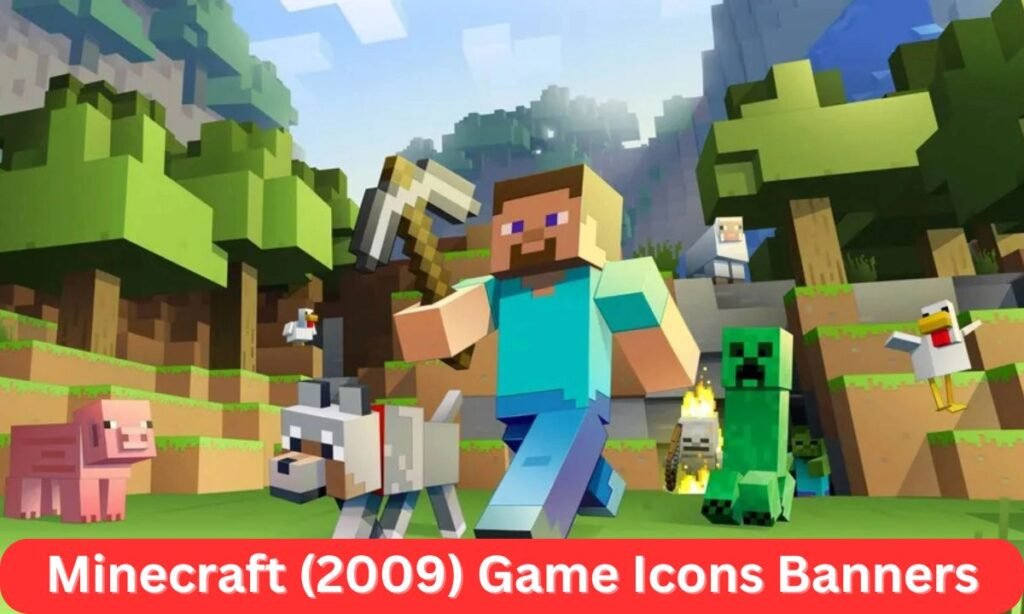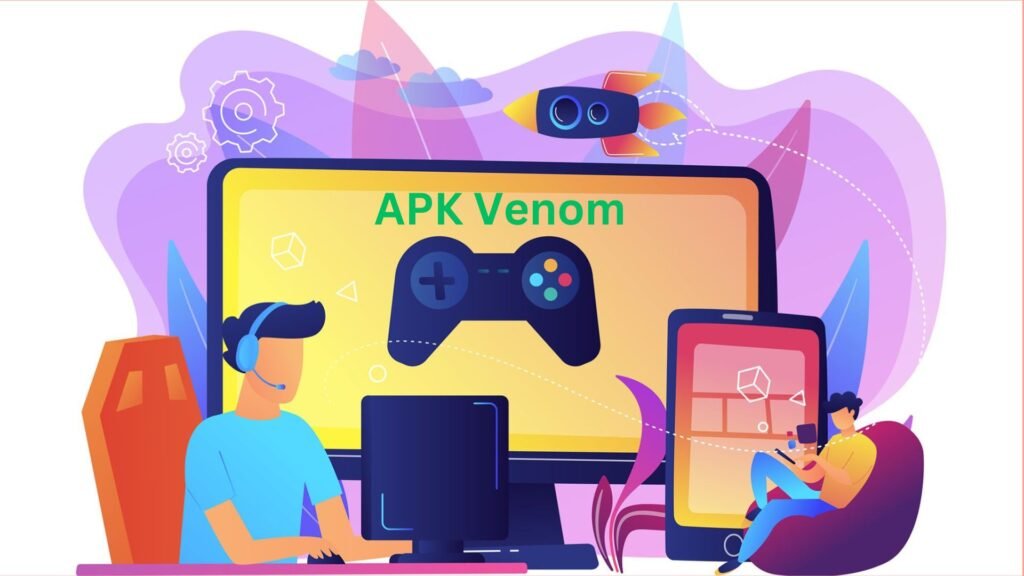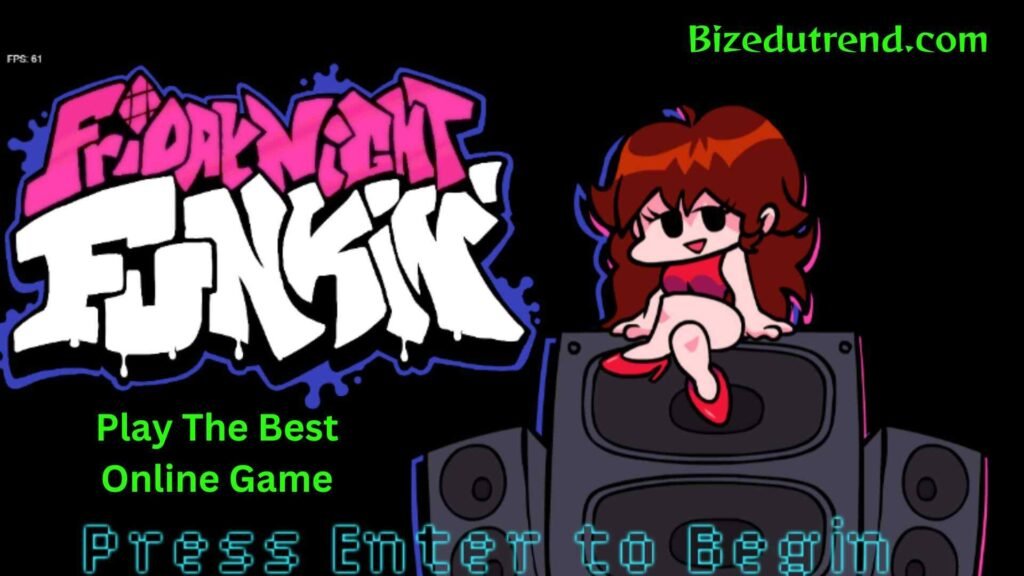Since its release Minecraft (2009) game icons banners has grown from a simple sandbox game into a cultural phenomenon, captivating millions of players worldwide. The game’s success is not only due to its open-world creativity but also to the intricate systems it introduced over the years. Among these, the icons and banners have become essential elements in the game’s visual and functional identity. In this article, we will explore the history, evolution, and significance of Minecraft’s icons and banners, offering a comprehensive look into how they have shaped the player experience.

The Birth of Minecraft (2009) Game Icons Banners: A Minimalistic Beginning
When Minecraft first launched in 2009, its design was grounded in simplicity. The game’s early version featured basic icons that were designed to match the pixelated, blocky aesthetic that has since become iconic. These early icons were functional, with each representing core elements of the game such as tools, blocks, and items. The visual simplicity of these icons was a conscious choice by the game’s creator, Markus “Notch” Persson, reflecting the minimalistic ethos that would come to define Minecraft.
Evolution of Game Icons: From Simplicity to Complexity
As Minecraft (2009) Game Icons Banners. The game’s official release in 2011 marked a significant turning point, introducing a wider variety of items and tools, each represented by a distinct icon. These icons became more detailed, yet still adhered to the pixelated style that fans had come to love. The introduction of new materials, such as diamond, emerald, and redstone, required the creation of new icons that visually communicated the rarity and utility of these resources.
In addition, updates over the years brought new icon designs that reflected changes in the game’s mechanics. For example, the introduction of enchantments necessitated the creation of enchanted item icons, which featured a subtle, glowing effect to indicate their enhanced properties. This gradual increase in icon complexity mirrored the game’s growing depth, as more features and items were added.
Banners: A Canvas for Player Creativity
While icons serve as a functional aspect of Minecraft, banners represent one of the game’s most creative outlets. Introduced in the 1.8 “Bountiful Update” in 2014, banners allowed players to create custom designs using a combination of colors and patterns. These banners could be used for decorative purposes, to mark territory, or as symbols of a player’s identity within the game world.
The introduction of banners added a new layer of personalization to Minecraft. Players quickly embraced the feature, designing intricate patterns that ranged from national flags to custom logos. The banner crafting system itself was a game-changer, offering an almost limitless combination of designs through the use of dyes and patterns. Each banner could be crafted on a loom, and with the right materials, players could produce unique designs that stood out in the vast Minecraft universe.
Significance of Icons and Banners in Minecraft’s Community

The icons and banners in Minecraft are more than just visual elements; they play a crucial role in community building and gameplay. Icons serve as a universal language within the game, allowing players to quickly identify items and tools regardless of language barriers. This has been especially important in Minecraft’s international success, as the game’s symbols transcend linguistic differences.
Banners, on the other hand, have become symbols of community and identity within the game. Multiplayer servers often use banners to represent factions, teams, or groups, turning them into emblems of collective effort and camaraderie. The customization options available with banners have enabled players to express their creativity in ways that go beyond the game’s basic mechanics, fostering a sense of belonging and pride.
The Impact of Updates on Icons and Banners
With each new update, Minecraft (2009) Game Icons & Banners continue to evolve. The introduction of the “Nether Update” in 2020 brought new materials such as Netherite, requiring new icons that represented the strength and durability of this powerful resource. Similarly, banners have seen updates that introduce new patterns and colors, expanding the possibilities for creative expression.
These updates are not just aesthetic changes; they reflect the ongoing development of Minecraft as a living, breathing game. The evolution of icons and banners is a testament to Mojang’s commitment to keeping the game fresh and engaging for both new and veteran players. Each new update offers something new, encouraging players to continue exploring and experimenting within the game world.
Conclusion:
Minecraft (2009) Game Icons Banners have become more than just functional elements; they are an integral part of the game’s identity. Over the years, they have evolved from simple, pixelated images into complex symbols of creativity, community, and identity. As Minecraft continues to grow and evolve, so too will its icons and banners, ensuring that the game remains as engaging and relevant as it was when it first captivated the world in 2009.
Also Read More:
Friday Night Funkin Unblocked: How to Play Safely and Enjoy the Game

